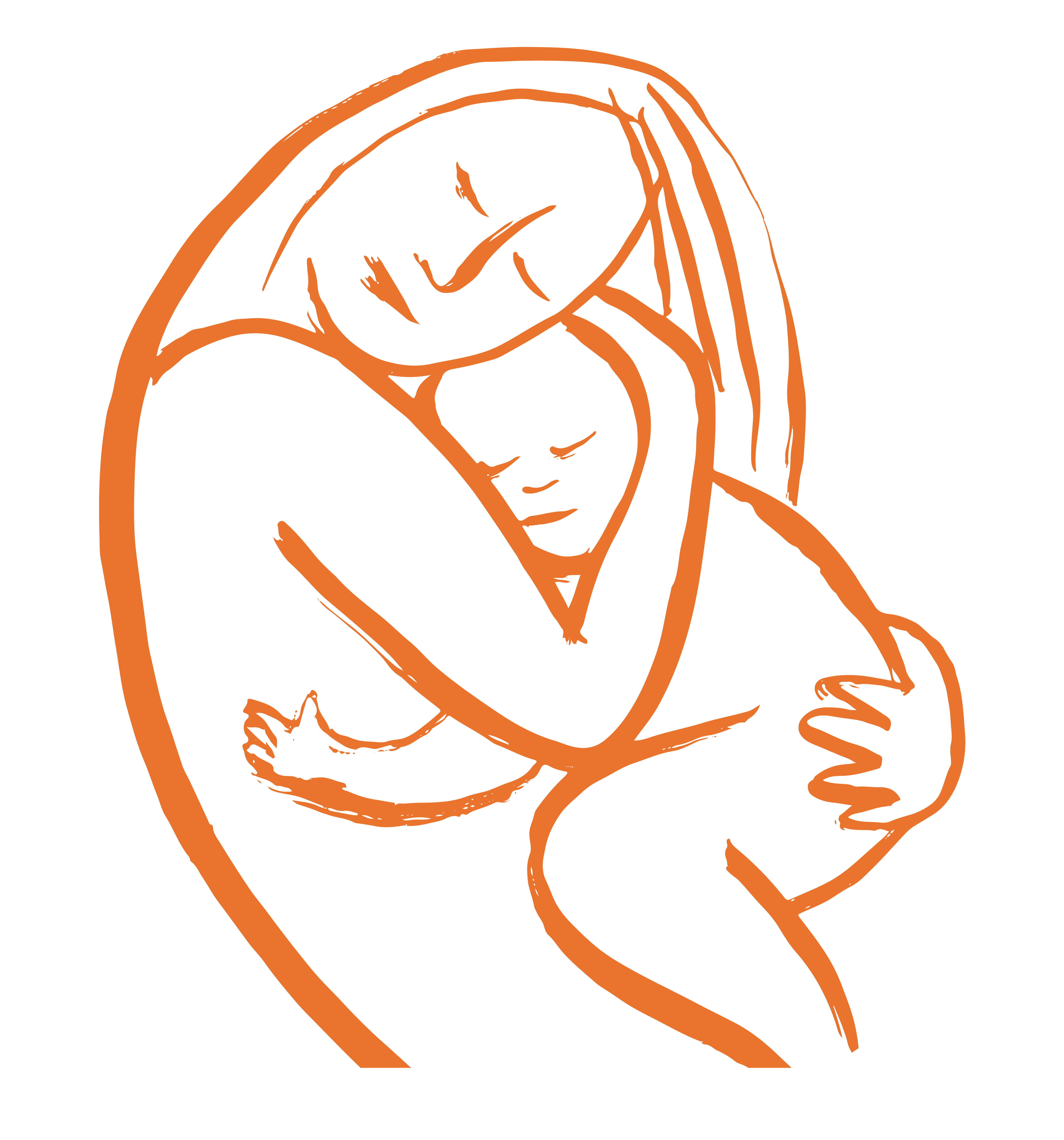In Bangladesh, the rate of maternal mortality is 245 per every 100,000 live births. Bangladesh loses approximately 7,660 women each year from preventable causes related to pregnancy and childbirth.
About 71% of all births in Bangladesh take place at home, only 4% of which are attended by a skilled provider (DHS 2014). Cox’s Bazar, a rural region in the south, has one of the highest maternal mortality and morbidity rates in the country. In this region, 90% of women give birth at home without a trained birth attendant or access to emergency care due to a lack of healthcare facilities. Furthermore, over half of all women do not have access to facilities during their pregnancy, and just 11% of mothers seek healthcare services in the six weeks following delivery (HOPE Foundation). Only 36% of women receive any pregnancy care from a skilled provider (WHO 2017).
Bangladesh’s health worker coverage is 17% of the global threshold. Bangladesh also has a shortage of skilled birth attendants, particularly in rural areas (DHS 2014).
In Bangladesh, maternal mortality is the third leading cause of death among women ages 15-49, or 14% of such deaths. Most of these deaths could be prevented by high quality prenatal care and skilled attendance during labor and delivery, including in cases such as obstetric hemorrhage, which is responsible for nearly one-third of maternal deaths, and eclampsia, which is responsible for 20% of maternal deaths (Roy and Shengelia 2016).
BANGLADESH KEY STATS
The maternal mortality rate in Bangladesh is 245 deaths per 100,000 live births. (The Lancet 2015)
Bangladesh loses approximately 7,660 women each year from preventable causes related to pregnancy and childbirth. (The Lancet 2015)
Bangladesh has a shortage of skilled birth attendants, particularly in rural areas.
Approximately 71% of births in Bangladesh take place at home, only 4% of which are attended by a skilled provider. (Bangladesh DHS 2014)
Bangladesh has the fourth highest rate of child marriage in the world: 52% of girls are married by their 18th birthday, and 18% by the age of 15.(Girls Not Brides 2017)
Bangladesh has an extremely high adolescent birth rate: 113 out of every 1,000 women ages 15-19 years old have given birth. (Girls Not Brides 2017)
Barriers to Maternal Care and Drivers of Maternal Mortality Rates in Bangladesh
As in most countries, the national statistical averages in Bangladesh hide the disparities that exist between the wealthier urbanites and rural, marginalized populations, the latter of whom faces worse maternal health outcomes and higher rates of maternal deaths. The highest rates of maternal mortality occur in rural regions, particularly where the majority of the population is impoverished.
Gender Inequality and Child Marriages Drive Maternal Deaths: The practice of early unions and child marriage is responsible for a large percentage of maternal deaths in Bangladesh. Bangladesh has one of the highest child marriage rates in the world: 52% of all girls are married by age 18, and 18% by the age of 15. Child marriage is more common in rural regions where 71% of girls are married before the age of 18, compared to 54% in urban areas.
Drivers of child marriage stem from gender inequality and include poverty and financial pressure to secure girls’ futures, a dowry system with increased prices as girls age, and beliefs that girls need to be protected from harm. Forced early marriages persist throughout the country, narrowing life plans for adolescent girls and putting their health at risk. Despite a 2017 law passed that raised the age of marriage to 18 for women (it is 21 for men), a loophole exists allowing child marriage in “special cases,” leaving the door open for the practice to continue.
The fertility rate among teenagers ages 15-19 years old in Bangladesh is extremely high: 113 births per 1,000 women and girls. Not yet physically or psychologically mature, young mothers are prone to complications during childbirth and pregnancy. Maternal deaths occur in adolescent girls under 20 years of age at a much higher rate than in adults. In fact, pregnancy-related complications is the leading cause of death for girls aged 15-19 globally.
Cultural Barriers to Reproductive Health and Family Planning: Bangladesh’s overall fertility rate has steadily fallen, currently at 2.13 children per woman, but rates among rural women and poor women are consistently higher than the national rate. Family planning coverage stands at 73%, which means 27% of women have an unmet need for contraception, or they wish to avoid pregnancy in the next two years but do not have access to contraception (DHS 2014).
Access to family planning is highly dependent on geographic location, access to economic resources, and the consent of a woman’s male partner. Across the country, cultural barriers also limit access to reproductive healthcare, including concern about social or religious chastisement for using family planning, husband or partner opposition, and fear of side effects.

